The price of upstream panels has soared since mid-2016, human resource costs have risen, and the tightening of national environmental protection policies have led to the increase in the prices of plastics, paper and other raw materials...Under the pressure of rising costs, we use "sorrows and mists" to describe 2017 The black electricity industry is not excessive. In the face of such unsolvable scenes, some media even use "X Egg's 2017" to describe the situation in the black power industry. The past 2017 was not easy for black power companies. At the same time, the consequences of high costs have multiplied on the Internet TV companies that dominate the price tag. Coupled with the collapse of LeEco's ecology in 2017, the confidence of consumers has been dampened, and the Internet TV column that once called the wind and the rain is now defeated. There is no price advantage, no new products, fewer brands...a sane consumer, I am afraid it is difficult to be satisfied with the TV products in 2017. LG wallpaper TV attracted a lot of attention when it first came out, but after two years of iteration, it also urgently needs to create new selling points. "The year is sad and the year is over." At this time node in 2018, we have seen all the new TV products in the first half of 2018. From the collective appearance of international brands at CES at the beginning of the year, to the frequent launch of new domestic brands on AWE, to the marketing battle during the World Cup-TV products in the first half of this year are still diverse, but technically they do not seem to be eye-catching. The new state of the art is available. This also allows many consumers to target the second half of this year. Technological innovations in the TV industry are endless, so what new technologies are expected to be equipped with products in the second half of this year? 8K with a pipa half-hidden After 4K, HDR and other technologies have completed the popularization of high-end products and even all products, what is the next new technology that will detonate the industry? I believe many people will look at 8K. So is 8K really ready? Since last year, 8K products have appeared on the market, and this year AWE's various 8K TVs have also appeared. However, due to various reasons, even if the current 8K TV achieves mass production, it can only be a by-product of the panel factory's "show off technology": The first is the lack of content. 4K can be used as a reference in this regard. In 2013, home 4K TVs began to become popular, but to this day, 4K TV live broadcasts have not been realized in China, and there are no streaming video websites that support 4K definition. Although there are more and more devices that support the shooting of 4K video, and even mobile phones can shoot high-standard 4K 60p content, compared to the production process of live TV broadcast, shooting is only the first step, and subsequent monitors, All production equipment, such as mixers, post-production software and hardware, and even cables, need to support the 4K standard, which is indispensable, and 8K is also indispensable. In addition, the supporting equipment of relevant standards also urgently needs to be improved. HDMI 2.0, the popular input interface on TVs, only supports up to 4K 60Hz, while the updated HDMI 2.1 standard was just announced in November 2017. The transmission bandwidth has reached 48G/s. This kind of "big water pipe" is the copper wire of traditional HDMI. Transmission is relatively difficult, so in the future HDMI cables are likely to be the world of optical fiber. However, the current optical fiber HDMI cable is not popular enough, consumers have fewer choices, and the price is quite expensive. The more important point is that there is no chip that supports HDMI 2.1, and the time for TVs to support HDMI 2.1 is even more distant. Therefore, the current 8K TV can only play 8K video through 4 HDMI 2.0 parallel connections, which is obviously not practical enough. Although it can almost be said that 8K TV will have a big development before the 2020 Tokyo Olympics, the popularization of 8K TV will not be much flatter than 4K TV. A new generation of display material OLED takes the lead In the past few years, OLED and "magic-modified LCD" quantum dot TVs have been in a close match, but since CES Sony and Panasonic each launched OLED TVs last year, the balance of victory seems to have suddenly tilted to the OLED side. More than a year has passed, OLED's victory has become more obvious, technological progress and the running-in of production lines have driven the increase in the yield of OLED panels, and the price of OLED TVs has fallen further. The picture quality of Sony’s A8F series is comparable to last year’s flagship A1, but the price is only last year’s entry-level level; domestic brands are even more crazy. After Skyworth launched the 55S8 with a price of 9,999 yuan, brands have followed up, and now domestic brands’ 55-inch OLED TV channel prices have fallen below 10,000 yuan, and individual models are even as low as 7,000 yuan, which is cheaper than high-end LCD TVs of the same size. On the other hand, quantum dots, except for Hisense, which is in its own right, only Samsung and TCL are still shouting in the LCD camp. It can be said that the quantum dot TV camp has existed in name only. According to multiple sources, Hisense, which has been firm on the LCD road, will launch OLED TVs in the second half of this year. More profoundly, China Star Optoelectronics, a subsidiary of TCL, has invested in the construction of OLED production lines. In the future, quantum dots are likely to be the scene of Samsung's "single tree supporting the sky". Even if you don't consider the layout of OLED TV technology in the past, Samsung is also the absolute overlord in the field of small-screen OLEDs such as mobile phones. So what makes Samsung TV seem a little restless? This is the hidden BOSS called MicroLED. It is undeniable that OLED, which is a representative of self-luminous technology, also has the same drawbacks as self-luminous technology-screen burn, color decay, and color cast are the stubborn diseases of the plasma era, such as bone maggots, which plague OLED a lot. Nowadays, the white light solution adopted by the large-screen OLED and the small-screen Pentile solution treat the symptoms but not the root cause. It is not only difficult to eradicate the problem, but also makes a great compromise on the display effect. Although MIcroLED is also self-luminous, the long life and high efficiency of the LED light source make it no longer have these troubles, and the brightness can be higher. Samsung has exhibited MicroLED splicing large-screen TVs at this year's CES. It is believed that after the technical bottleneck is overcome in the future, MicroLED will surely become a true "TV of the future." So for consumers, is it not wise enough to choose OLED TVs now? Should they wait for MicroLED TVs? It's totally unnecessary. Take OLED TV as an example. The world’s first OLED was released by Sony in 2007, and it wasn’t until 10 years later that OLED displays really began to spread. However, there is no mass-produced MicroLED technology to be popularized, so we have to wait. Although in essence, MicroLED is only the miniaturization of common LED displays, quantitative changes cause qualitative changes. There are still a lot of technical difficulties waiting to be overcome in the process of miniaturizing LED particles. Speaking of the new technologies that have emerged in the past few years, laser TV must be mentioned. The popularization of the laser TV concept began with Hisense’s new product release in 2014. Although as a laser projector, it is actually a new-material projector. However, because domestic manufacturers, including Internet manufacturers such as Xiaomi and XGIMI, have followed suit, laser The concept of television is still familiar to consumers within a few years. In fact, laser TV is not only a new thing for consumers, but also unexpected by many people in the industry. But it needs to be pointed out that laser TV is still a projector in essence, which is completely different from TV. Even with technological progress, projectors have made rapid progress in light source life, brightness, contrast, color gamut and other indicators, but the difference in display media still makes it difficult to replace TVs in all directions. In fact, laser TVs nowadays exist more as high-end projection products in the field of super-large screens, and do not constitute a direct competitive relationship with traditional TVs. The popularity of laser TVs is largely due to the small market capacity of the super-large screen market. Once the size drops below 80 inches, both the price and the picture quality, and even the difficulty of installation and maintenance will face the rigors from traditional TVs. test. Having said that, how should ordinary consumers choose TV products at the current time node? First of all, given that 8K will gradually become popular in the next 3-5 years (unlike the 4K popularization wave, the 8K live broadcast of the Beijing Winter Olympics in 2022 will receive official support at the government level, and the progress should be guaranteed), and The most basic requirement of 8K-the HDMI 2.1 standard has not yet landed on TVs. It is recommended that consumers who have requirements for picture quality and time permitting choose to wait for TVs that support the HDMI 2.1 standard. Especially for gamers, PS4 and XboxOne have entered the end of the ecosystem. The next generation of game consoles is likely to be launched at the end of 2019 and early 2020. The possibility of supporting the HDMI 2.1 standard to cope with 4K120p and 8K games is very high. Once you buy it now With high-end TVs, if you want better results in the future, you will have to replace the TVs after two or three years, which is not worth the gain. Regarding OLED TVs, consumers with sufficient budgets can still buy with confidence. Existing OLED products are far better than LCD TVs for ordinary consumers in terms of look and feel, and it is more motivated to choose a brand-new technology for new machines. As for the problems of screen burn-in and color decay, although it is difficult to completely eliminate them, firstly, big-name manufacturers have targeted optimization strategies. Secondly, the turn-on time of TV sets is actually less than in the past, plus the increase in replacement frequency. It is guaranteed within 5-8 years of the average lifespan of the TV. Although the prospect of OLED TV is bright, for a long time, the biggest enemy is actually yourself-all OLED TV panels on the market come from LGD. In terms of production capacity, LGD's own data is estimated to produce 5-6 million in 2020. sheet. Although the dust has settled in the Guangzhou plant, it is still a drop in the bucket. After the Guangzhou plant was put into operation in 2019, the monthly production capacity of LGD was only 130,000 pieces, which is far from meeting the needs of the TV industry. Before OLED technology is truly popular, LCD TVs will still be the absolute hegemon in the TV market. However, in the field of high-end TV, LCD TV will further give way to OLED. For users who need large screens above 80 inches, projection and laser TVs are more superior choices: OLEDs do not have this size at all, and even if they are available, they are sky-high; LCD TVs cannot be used in terms of appearance, price, or even power consumption. Satisfying. It should be noted that projection has a higher demand for ambient light, which is unavoidable even for a new type of laser TV. If consumers have sufficient budget, they can choose high-end laser TV products, such as the two-color and three-color laser TV products launched by manufacturers such as Hisense, Changhong, and XGIMI, which will have more vivid color performance. Voom Bar Vape is so convenient, portable, and small volume, you just need to take them voom disposable vape bar,voom bar vape box,voom bar vape pod device,voom bar vape stick,voom bar vape pen Ningbo Autrends International Trade Co.,Ltd. , https://www.supervapebar.com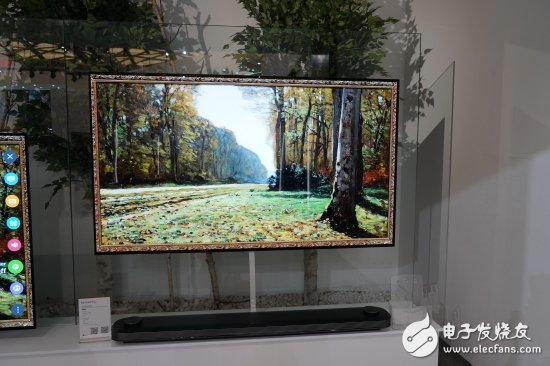

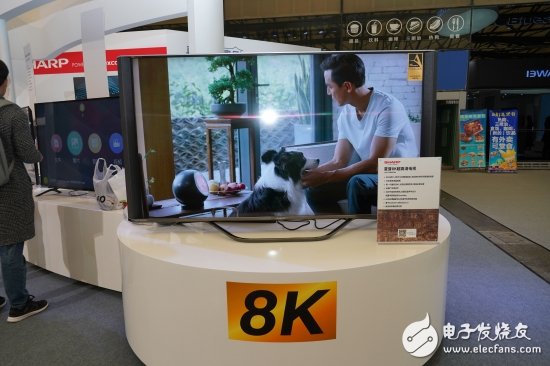
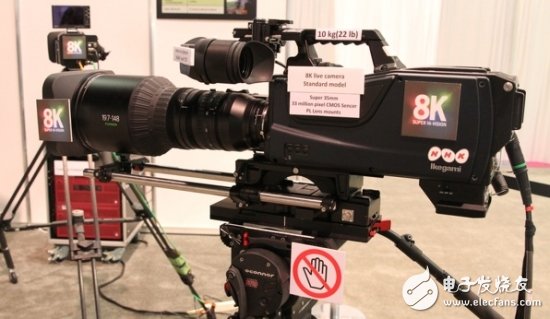
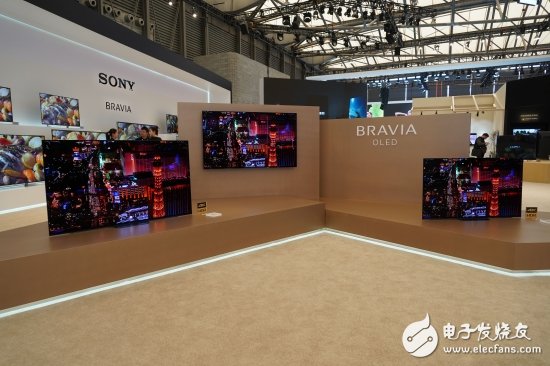
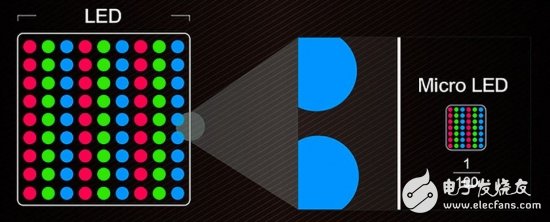



out of your pocket and take a puff, feel the cloud of smoke, and the fragrance of fruit surrounding you. It's so great.
We are the distributor of the Vapesoul & Voom vape brand, we sell vapesoul disposable vape,vapesoul vape bar, voom vape disposable, and so on.
We are also China's leading manufacturer and supplier of Disposable Vapes puff bars, disposable vape kit, e-cigarette
vape pens, and e-cigarette kit, and we specialize in disposable vapes, e-cigarette vape pens, e-cigarette kits, etc.